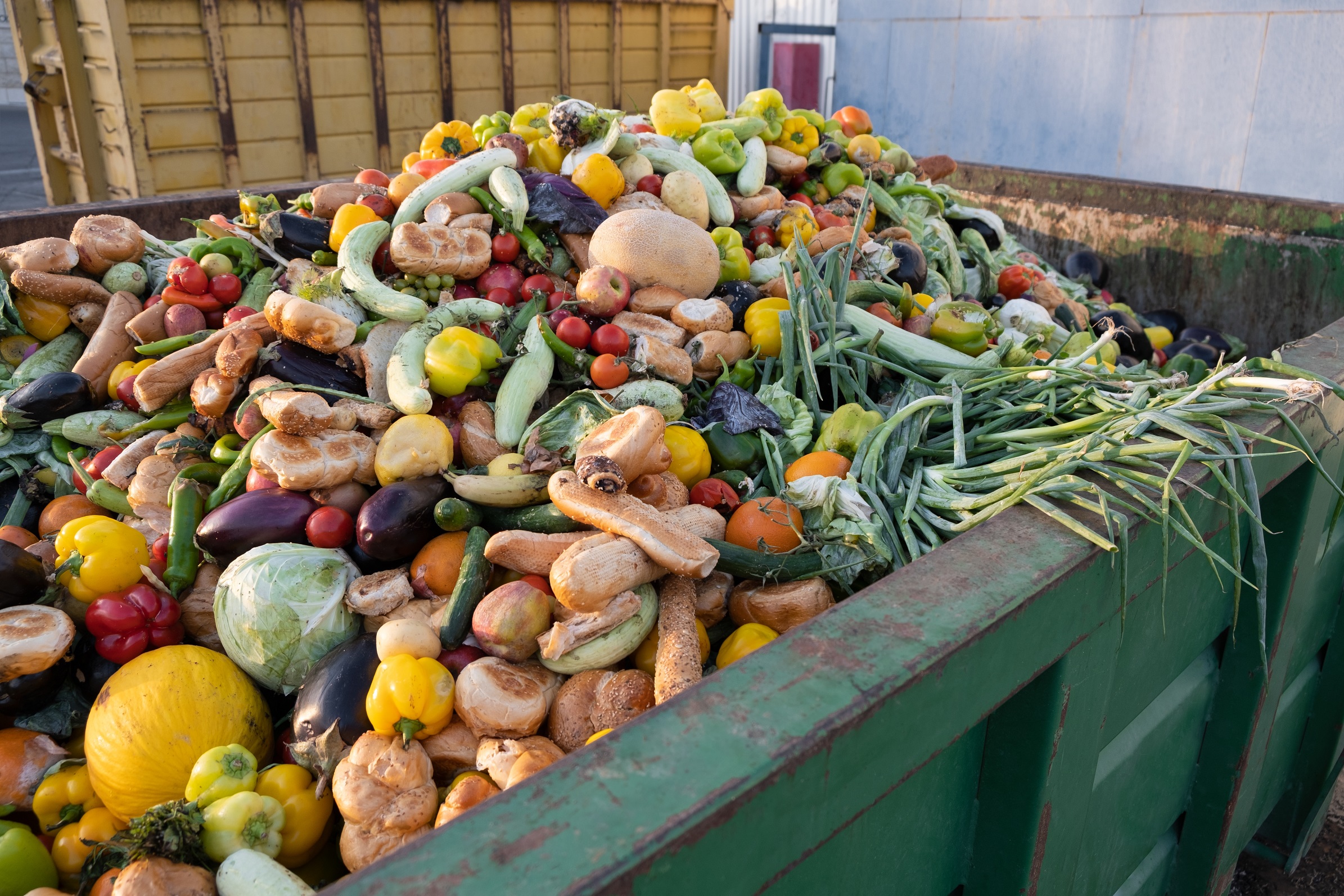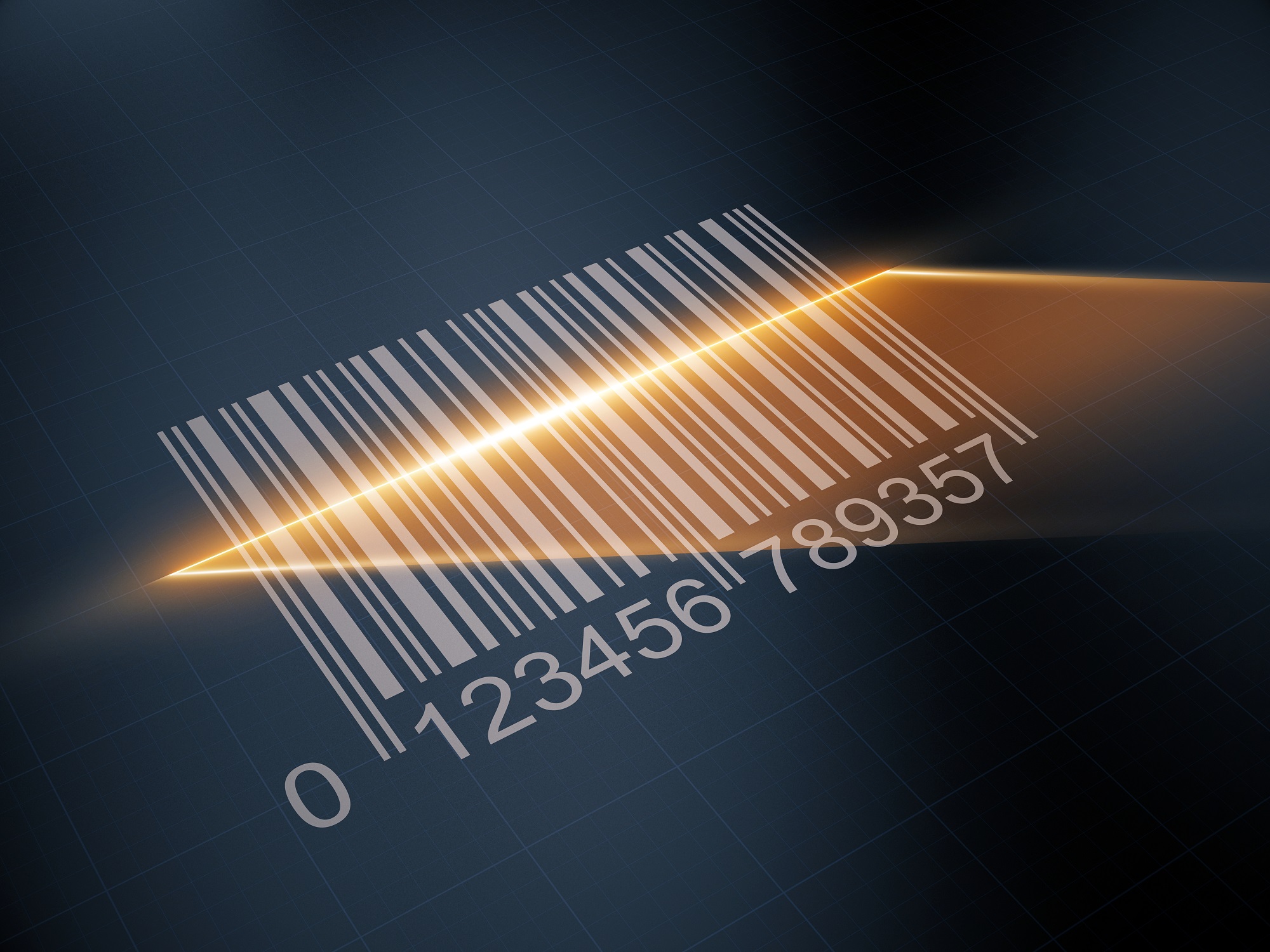Store baits, or how not to get caught

How does it happen that in the store we usually buy more than we planned? What tricks do salespeople use to persuade us to buy certain goods? Read on before you go shopping.
As many as 9 out of 10 Poles save money on food shopping, according to a survey conducted by BIG InfoMonitor this spring. In times of inflation, a trip to the supermarket can be a
a challenge. Especially since stores have their ways of making us buy more, spend more and overlook the fact that some products have a smaller weight or poorer composition.
So let’s take a shopping trip and defuse some of the traps are set by the merchants.
Plenty of space to fill
We enter the store, often armed with a shopping list and the resolution to buy only than what’s written on it; nothing else. We grab a cart – have you ever wondered why it’s so big? Even the carts in discount stores, which at first glance give the impression of being small (like a shopping basket), are deep in order to fit a lot of goods into them. Yes, a nod to those who came in for larger purchases. The rest will constantly have the illusion that they bought very little – so they will gladly add another product to the cart.
Treat yourself to some pastries
The distribution of groups of goods in stores is not random. Items of first necessity are situated in different places (and sometimes even at the end) so that we walk throughout the entire store. Sometimes the locations change so that customers don’t follow the same routes. This way they won’t come across other products that might attract them. What’s the thing that always tempts us in a convenience store? Baked goods – particularly bread. Its enticing fragrance, its pleasant appearance, its crispy crust. That’s why many establishments choose to install an oven in order to rebake it. After all, is there anything better than freshly baked, crusty bread?
Additionally, we buy bakery products quite frequently. The same is true for vegetables and fruit, which also “greet” us in most supermarkets. Displayed and illuminated in a way that makes them look fresh and tempting. Since they get crumpled easily, it would be logical not to put them at the bottom of the cart. However, as they are associated with health, we put them in the cart, and the element of a “healthy diet” is already ticked off in our minds. Now the rest can be less healthy….
From the top shelf
We leave the delightfully smelling bread department and head between the shelves. Where the goods are located has a colossal impact on our purchasing decisions. First of all, we pay the most attention to what is at the ends of the shelves – these products are the easiest to see when walking down a store aisle.
Let’s dive between the shelves. What do we have at our eye level? The most expensive goods, of course, as well as those that the the store wants to get rid of (when, for example, their expiration date is approaching). That’s because most often we choose what catches our eye first (which is somewhat rational – after all, how much time can we spend looking and choosing) and what is easy for us to reach for. According to the eKonsument, sales of products that are displayed on the lowest shelves are only 54 percent of the sales rate of those we find at our eye level. If something from the bottom shelf goes a little higher, at our waist height, its sales increase to 74 percent.
So if we are looking for cheaper items, it’s worth looking at the lower shelves. This rule does not apply to candy departments, however – the most expensive goods are placed lower, at the child’s eye level. The opposite is true in home-improvement stores, which are visited mainly by men – here the line of sight is definitely higher.
Marketers even take advantage of the fact that most of us are right-handed and reach for goods with this hand – the more expensive ones often lie on our right side.
The magic word: SALE
The dormant hunting instinct in us awakens usually in the store, and it is triggered by a variety of promotional actions. That’s why goods with a reduced price always sell best. This is taken advantage of by many stores, wanting, for example, to get rid of products that will soon expire. Two for the price of one, minus 30 percent – such slogans tempt, and after all, we want to be frugal and rational. Especially if we see that it’s “today only” or until a certain date or till the goods are sold out. The so-called rule of unavailability described by Robert Cialdini is at work here: the more limited access there is to something, the more we want to have it.
Unfortunately, such spontaneous purchases made on the basis of “someday it will come in handy” are often not used and end up in the trash.
A special sale lures us to a store. We go in for a discounted item, and leave with others, bought at the regular price.
Shrinflation and skimpflation
A cube of butter used to weigh 250 g, today the standard is 200 g, or even less. The average bar of chocolate has shrunk from 100 g to 90 g. These are examples of downsizing, that is, reducing the the grammage or volume of a product while maintaining its price. Downsizing is used when production prices rise, but manufacturers do not want to pass them on to customers. The packaging often remains the same, the contents, however, are smaller. Another term for this phenomenon, trending in times of inflation, is shrinflation.
On the other hand, skimplfation is a reduction in the quality of a commodity while maintaining its prices. Ingredients are replaced with worse, but cheaper ones – such as substituting sugar with glucose syrup.
Why don’t you try it?
Degustations. In the view of customers: a place where you get something. Seemingly small, a little bite, but for free. Additionally, served by a courteous hostess. What’s in it for the manufacturer? First of all, if someone really likes their cheese or juice, they will gain a customer. What’s more, they will gain them even if they didn’t find the product tasty – the so-called reciprocity bias is at work here. It claims that if someone gives us something, we want, even have to return the favor, otherwise we feel uncomfortable. And since someone has already given us something during the degustation, we want to give them something in return (aka: buy their product) in return.
Nine-ending prices
Why does a chocolate cost 9.99 instead of 10 zlotys, and a TV 4499 instead of 4500 zlotys? After all, it’s an insignificant difference, and then only the cashiers have a problem and “owe us a penny.”
Perhaps surprisingly, the difference is enormous. It is related in the simple fact that we read from left to right, therefore our brain registers the first words faster. When we check the price of a TV, we read “four thousand four hundred and ninety-nine.” “Four hundred” sounds better than “five hundred,” right? And we get the impression that the price is lower.
The effect of nine works, and salespeople have been testing it for more than a century. It’s hard to say who came up with the idea. One theory is that it was a pizzeria where all pizzas were the same price, and when one didn’t sell, they lowered its price by 1 cent, which caused a sudden interest in that particular flavor.
Another theory is that it all started with dishonest bartenders at the American chain of Pony House. Its owner, James Jacob Ritty, designed a mechanical cash register and reduced the price of drinks by a cent. The bartender then had to give change, and a bell accompanying the opening the cash register made it easier for bar managers to control. In the process, Ritty made a discovery: the lower by a cent price resulted in an increase in sales.
The decoy effect
Another way to entice customers to buy a particular product is to display it right next to its more expensive counterpart. Or a cheaper and more expensive one – this is greatly used by restaurants and cafes, serving drinks or fries in S, M and L sizes. The difference between their prices is small. This is how the decoy effect, scientifically known as asymmetric dominance, works. A shopper perceives a product as more valuable if they can compare it with a less desirable one placed right next to it. When it comes to coffee or French fries, the decoy will mostly be the M size, intermediate and least profitable. But it helps make a decision.
This effect was first used by the American company Williams-Sonoma, which introduced a bread-baking machine on the market. It cost $275, but customers didn’t buy it, because there were other, cheaper ones available. It wasn’t until the company released a second bread machine, half the price (but bigger), when sales of the cheaper one took off.
Going back to our £9.99 chocolate – it’s not cheap, especially when you can find one beside it for 5.99. But if next to it there is one for 19.99, then the price of our chocolate will seem quite acceptable – maybe not too cheap, but there are more expensive ones!
The last candy bar
Satisfied, we finish our shopping (the right music took care of our good mood – after all, then we will buy more), and we head to the checkout. As usual there is a queue and our gaze wanders over the products on display by the checkout. They are mostly inexpensive, so what’s the harm. Despite the fact that we didn’t plan to, they land in the cart (especially if the child necessarily wants a candy bar).
We pay. By card, obviously, as it’s more convenient that way. We seemingly see the amount at the cash register and on the terminal, but still – thanks to the fact that we don’t have to physically hand it to the cashier, we don’t have the impression that we have gotten rid of anything. We are also not limited by the number of banknotes in our wallet – therefore we find it easier to spend more.
We know how to support trade. Check out our logistics consulting offer and contact us, to improve your business operations.




